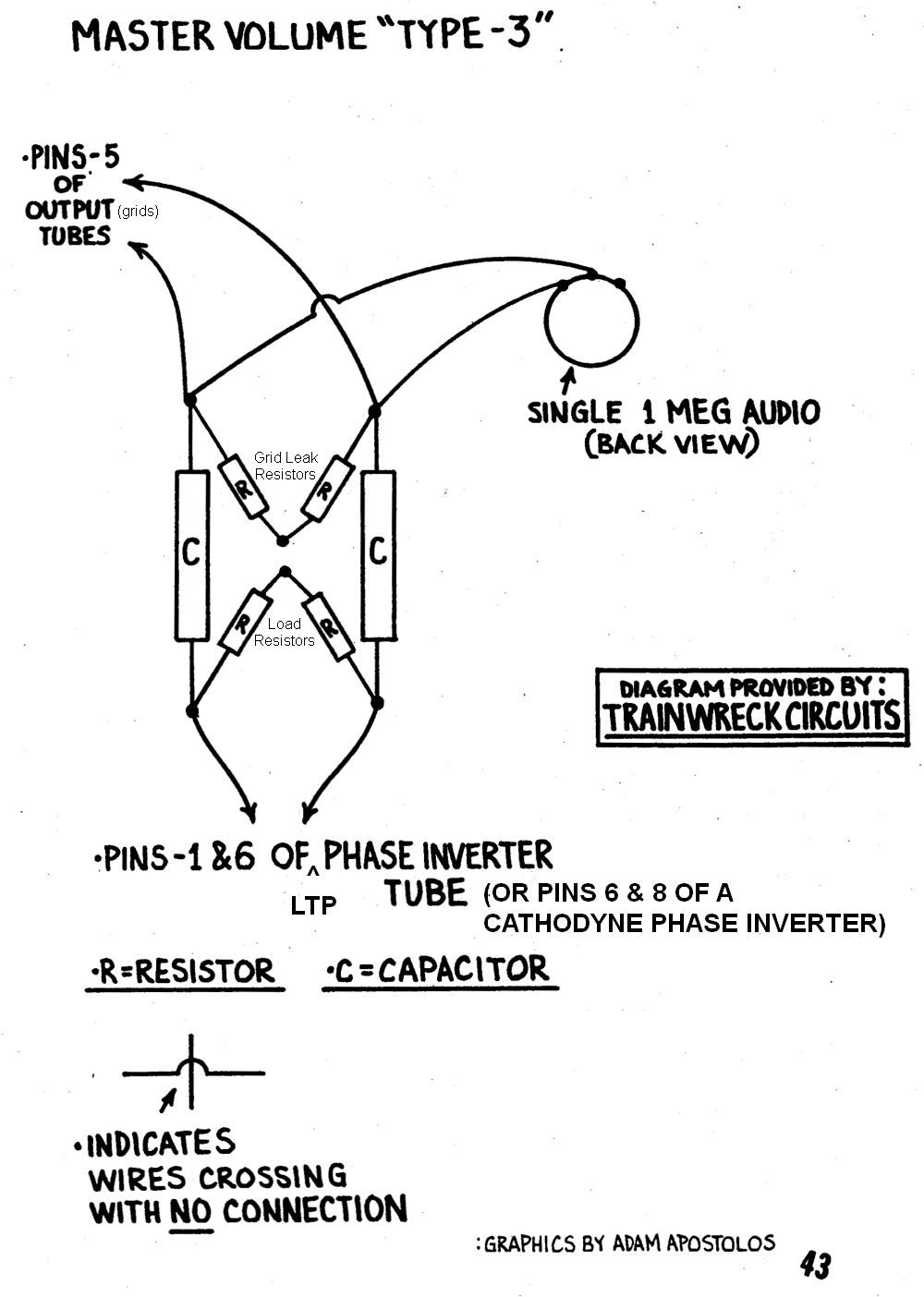Hello again mates,
So I'm expecting a few to tell me to leave the amp alone, since 'they' got it right the first time. This very well may be the case. Aside from that, I have an AA165 scheme 68' proreverb that I'm trying to push into clipping at lower volumes within the preamp stage. Most the gigs I play at won't allow me to play my amp in its sweetest spot, just too loud, so I'm trying to make due. Yes, I know I can throw and OD pedal in front but even that hasn't done the trick for me thus far.
I have been checking out vintage preamp tubes lately and have loved how some of them distort, soo much better than reissues and new stock. Has anyone ever experimented with adjusting the
bias of V2 in this situation? Ive read a small article that changing the 1500 ohm resistor and 25uf cap from V2 cathode to ground can bias the tube differently. Can you this be done in a suitable way in order to really get this tube to sweat and show its beautiful clipping capabilities at lower volumes? Such as volume 4 instead of 6-7? I'll be getting my hands on some more RCA's Raytheons Mullards hopefully soon. It would be nice to represent the beauty of these tubes live with my current setup.
In the long run I'd like an 8-15 watt tube amp that I can push hard for my small gigs but, 400 hundred bucks just isn't laying around right now. So it seemed to me a cap and resistor or 2 was a poor mans hopeful alternative. I look forward to any suggestions and opinions out there.
Btw I already have a NFB mod on the ground switch so that's out too.
Cheers,
Dalton
So I'm expecting a few to tell me to leave the amp alone, since 'they' got it right the first time. This very well may be the case. Aside from that, I have an AA165 scheme 68' proreverb that I'm trying to push into clipping at lower volumes within the preamp stage. Most the gigs I play at won't allow me to play my amp in its sweetest spot, just too loud, so I'm trying to make due. Yes, I know I can throw and OD pedal in front but even that hasn't done the trick for me thus far.
I have been checking out vintage preamp tubes lately and have loved how some of them distort, soo much better than reissues and new stock. Has anyone ever experimented with adjusting the
bias of V2 in this situation? Ive read a small article that changing the 1500 ohm resistor and 25uf cap from V2 cathode to ground can bias the tube differently. Can you this be done in a suitable way in order to really get this tube to sweat and show its beautiful clipping capabilities at lower volumes? Such as volume 4 instead of 6-7? I'll be getting my hands on some more RCA's Raytheons Mullards hopefully soon. It would be nice to represent the beauty of these tubes live with my current setup.
In the long run I'd like an 8-15 watt tube amp that I can push hard for my small gigs but, 400 hundred bucks just isn't laying around right now. So it seemed to me a cap and resistor or 2 was a poor mans hopeful alternative. I look forward to any suggestions and opinions out there.
Btw I already have a NFB mod on the ground switch so that's out too.
Cheers,
Dalton


Comment